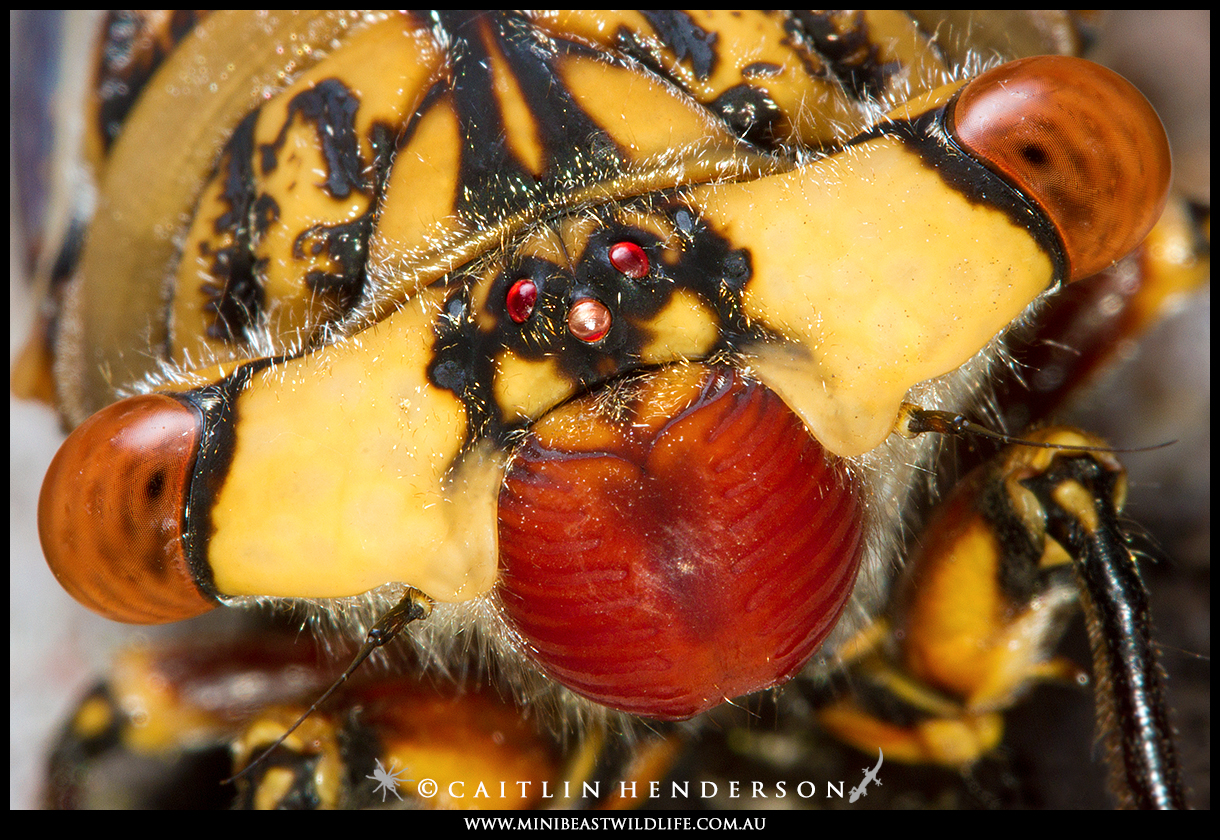
Are you looking at me? How insects see the world
Have you ever felt like you were being watched? Perhaps you were. Insects’ lives break down to some pretty simple rules: eat food, avoid predators,
Many children wake up on Easter morning to discover that a large, hopping visitor has left a number of tasty chocolate eggs hidden around the backyard. In the rush to uncover these bright foil-wrapped delicacies, there’s more than a few eggs that get left behind – and for good reason. These ones belong to the minibeasts!
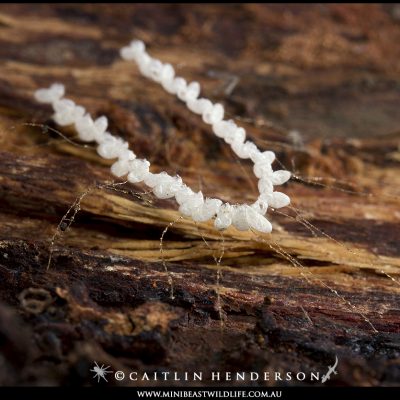
Minibeast eggs might be hidden all around your backyard, garden or a nearby park right now, but they are often hard to spot. Eggs are some of the best snacks out there – they’re nutritious, full of energy, and they don’t defend themselves. Lots of predators would love to go on a backyard egg hunt of their own, so for that reason, minibeast eggs are usually well-disguised and protected.
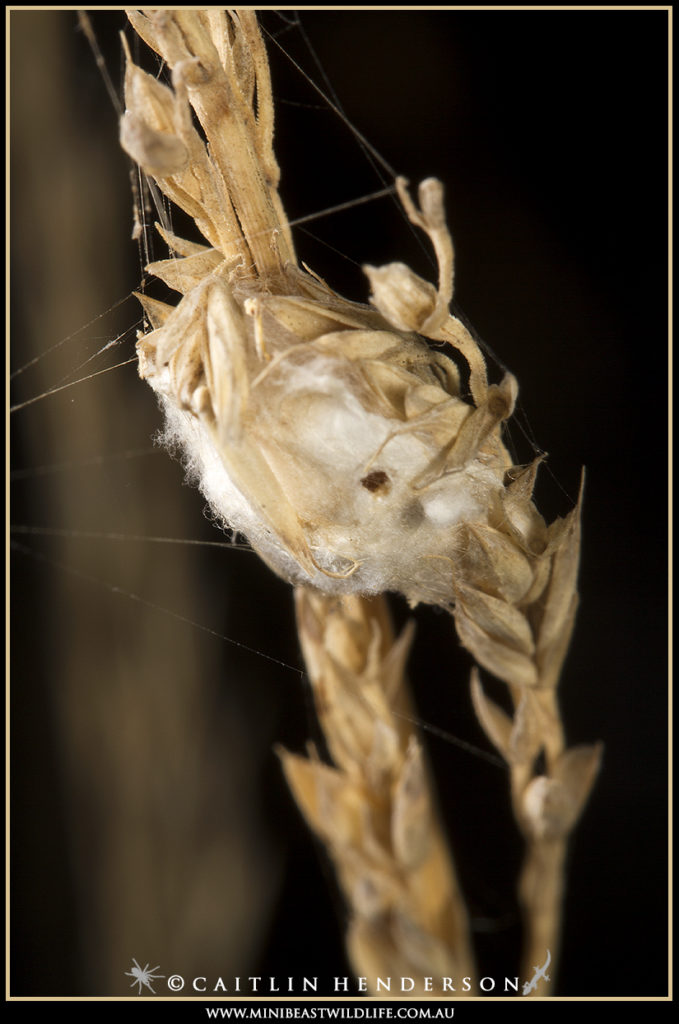
Minibeast eggs don’t look like bird eggs, are usually not kept in nests, and may or may not be individually protected by their own hard “shell”. Often, the mother will enclose all her eggs together in a single protective cover, such as a silk egg sac for spiders, or a hard protein ootheca for praying mantids and cockroaches. While some minibeasts carry these egg cases around with them or guard them, others try to camouflage them and hope for the best. Their mother is likely to be long gone by the time they hatch and immediately begin fending for themselves.
Eggs can be laid anywhere. Often they can be found hidden in foliage, but they also frequently turn up on the outside (or inside!) of the house. Some minibeasts paste their eggs individually on plants, hang them in a silk bundle, wrap them in a green leaf, or even bury them underground.
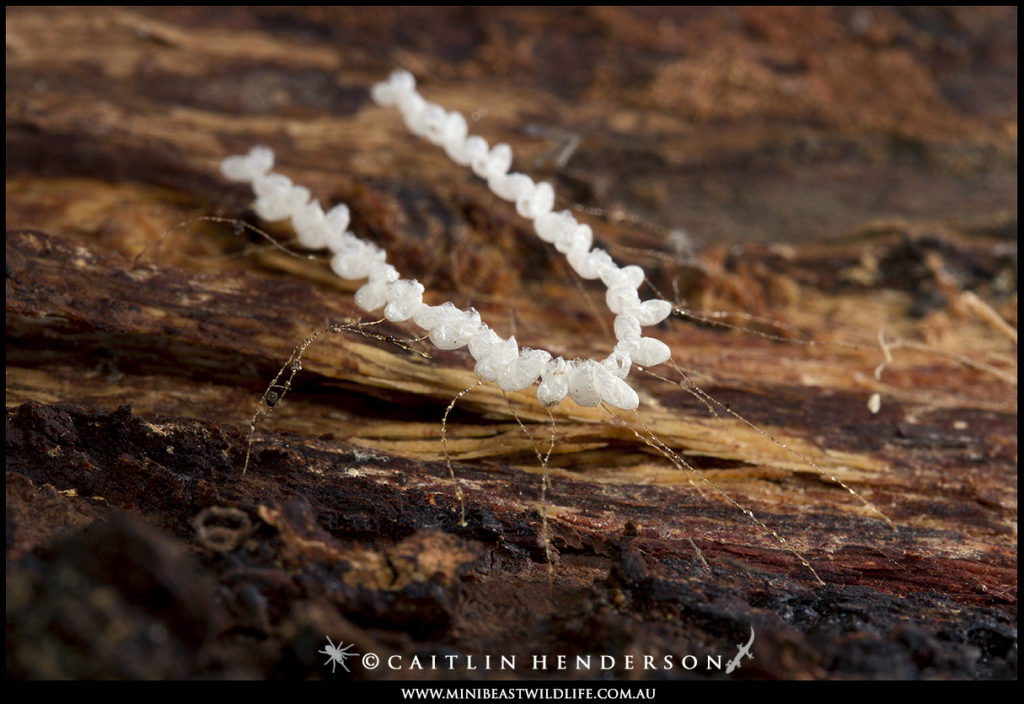
While flies’ eggs may hatch only a day after they are laid, other eggs can take a few months to over a year before their inhabitants venture out into the wide world. Frequently, the protective egg case that housed the incubating minibeasts will remain behind even after the hatchlings have left, and these remnants may still be visible around your yard. The only sign that the occupants have evacuated could be a small hole or lifted lids, so look closely and you may be able to tell whether these eggs are still housing minibeasts in the making. Be warned, you may need a magnifying glass!
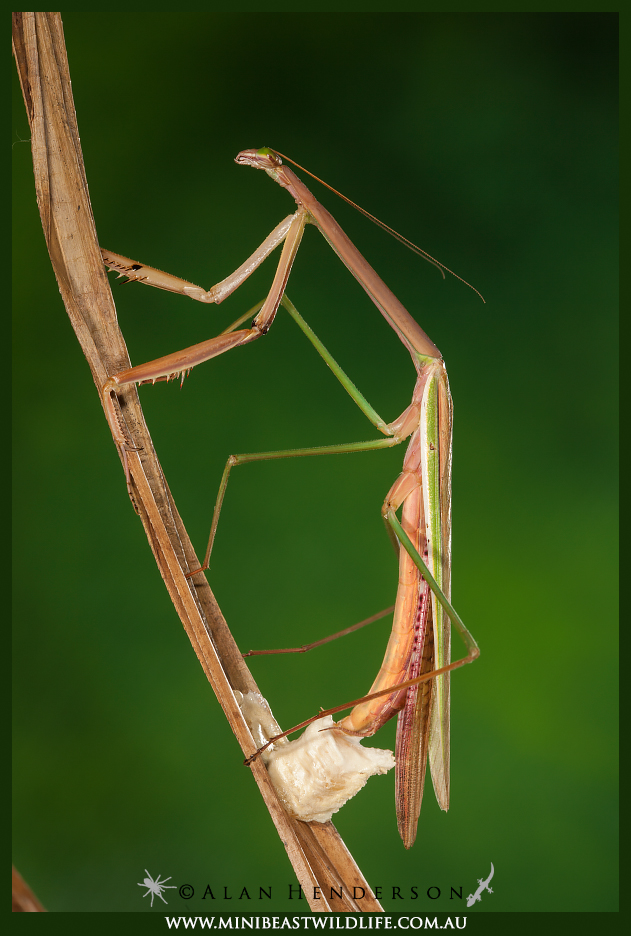
Article written by
Do you like this article? Share it on your favourite platform.

Have you ever felt like you were being watched? Perhaps you were. Insects’ lives break down to some pretty simple rules: eat food, avoid predators,
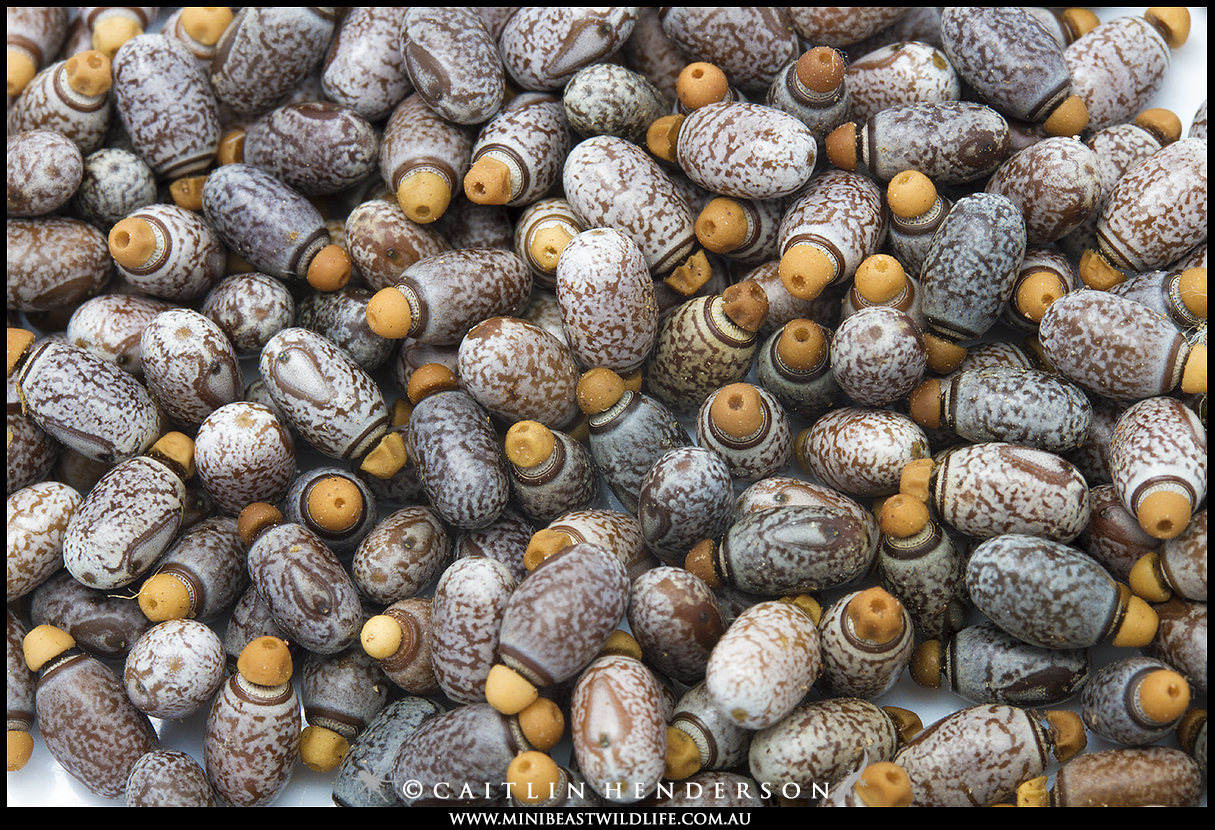
Who doesn’t love a stick with legs – especially one this stunning? The Darwin Stick Insect (Eurycnema osiris) is one of Australia’s most spectacular stick
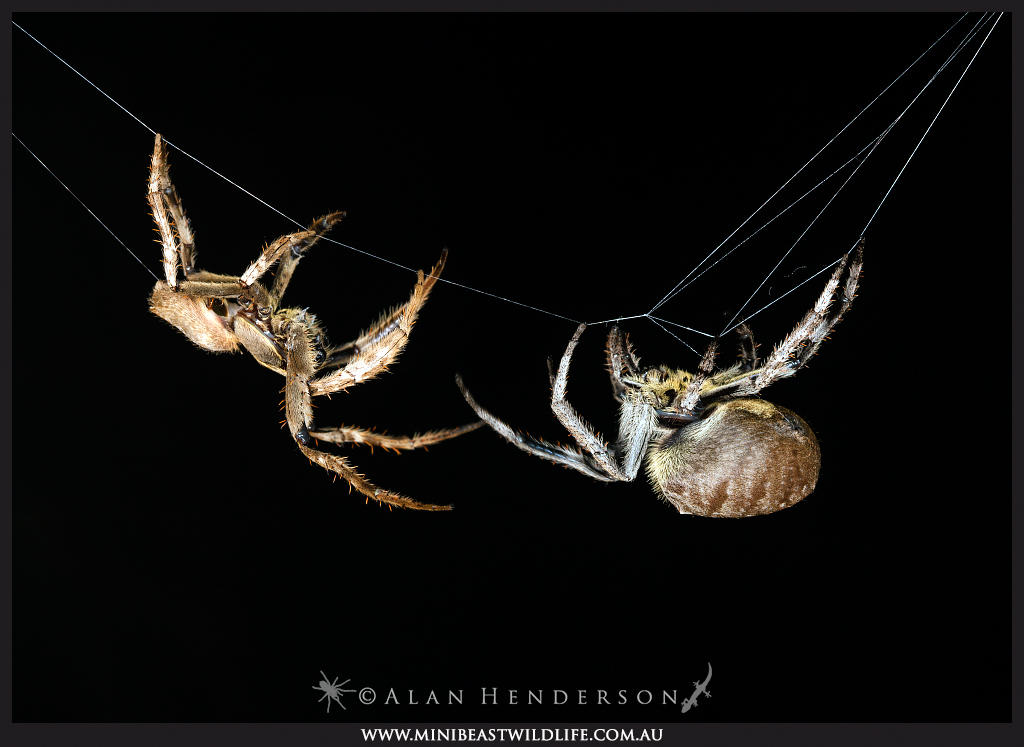
Two Garden Orb-weavers put on a high-wire courtship display adjacent to our rainforest balcony here at Minibeast Wildlife. A large male appeared at the edge